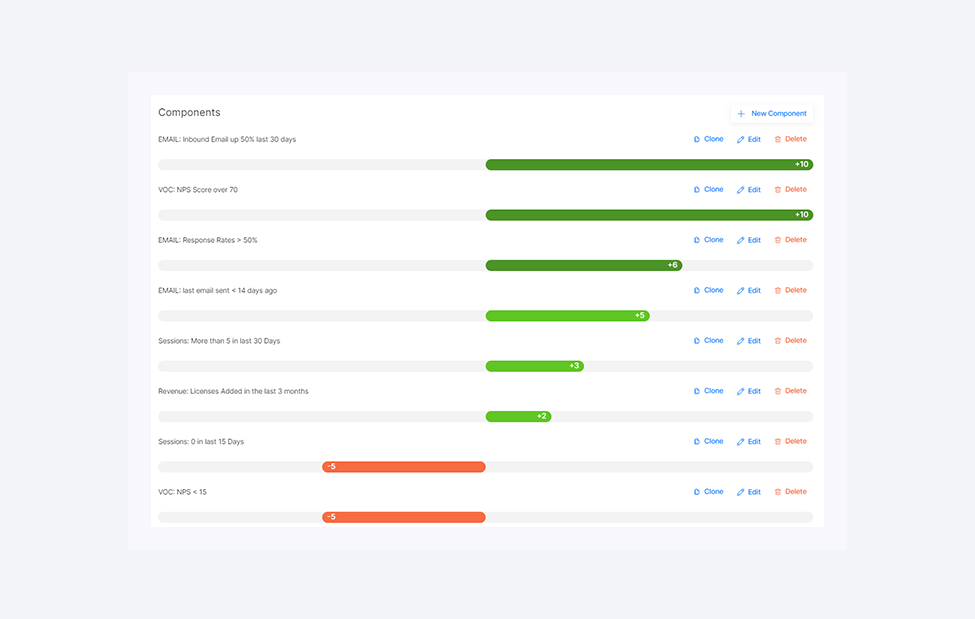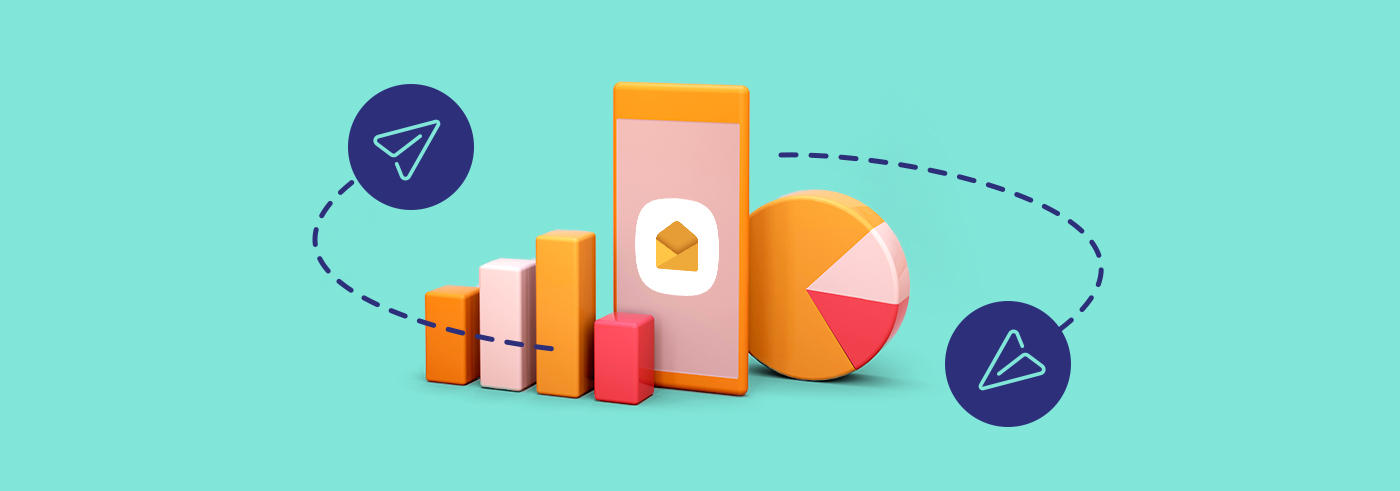In spite of the rise of real-time chat applications, email has remained a valuable, sticky component of most companies' communication strategy. We can observe it either in combination with live & asynchronous chat solutions or as the sole means of communication. Email data analysis can also provide valuable insight into the health of your company's relationship with customers. It is a valuable component of an overall, data-driven customer health score.
Table of Contents
- Types of Email Data You Can Analyze to Improve Your Customers' Health
- Email Data for Analysis
- How to Analyze Email Data?
- Conclusion
Companies like Akita, which provide customer success software to SaaS companies, prove that combining customer data in its various forms can deliver invaluable insights. You can use this data to facilitate better customer health, better customer retention rates, and ultimately growth in customer revenue.
Types of Email Data You Can Analyze to Improve Your Customers' Health
Some of the data types that are very useful for email data analysis include:
- Sales opportunity data: understanding the reasoning behind expansion requirements can give some insight into how much value the customer is getting from your solution.
- Billing data: This will give you an understanding of whether spending is increasing or decreasing. It is a good indicator of customer sentiment towards your solution.
- Support data: The metrics associated with support tickets are a very good component to include in a customer health score. Tickets created, closed, and/or escalated. The volume of tickets or growth/reduction in ticket volume within a specific period can all deliver insights that should influence a health score.
- Voice-of-Customer Data: This data comes directly from your customers and gives you an insight into the specific feeling your customer has for your solution at a particular moment. It often takes the form of measurable survey responses like Net Promoter Scores (NPS) or Customer Satisfaction (CSAT) scores.
- Marketing data: Page views on your marketing site, events attended, whitepapers downloaded, and product reviews. Any engagement with your marketing footprint can be captured, measured and added as components to a Customer Health Score.
- Product Usage Data: For most SaaS businesses that offer a standard, client-based solution, platform engagement data provides the most important measure of how happy a customer is with your solution. Whether they are basic metrics like login rates, DAUs/MAUs, license activation or more specific event data showing levels of engagement. Engagement data should form the basis for your understanding of customer health.
Email Data for Analysis
Of course, email data comes in many forms, each potentially useful when it comes to understanding your Customers…
- The volume and frequency of Email traffic
It is essential to strike the right balance in terms of how frequently emails are sent to customers. Too many emails can lead to fatigue and disengagement, while too few can result in customers feeling neglected. Monitoring the frequency of email communication can help ensure that customers receive the right amount of information and updates.
- Email Engagement rates
- Response rates: Monitoring the response rates to customer emails can be an indicator of how engaged they are with the product or service. Higher response rates suggest that customers are more interested in and invested in the offering.
- Open rates: Similarly, tracking the open rates of customer emails can provide insight into how frequently they are engaging with the product or service. Higher open rates indicate that customers are actively seeking out information and updates.
- Unsubscribe rates: Monitoring the rate at which customers unsubscribe from email communications can be a sign that they are disengaging from the product or service. It should be closely monitored to ensure customers are not experiencing any issues or challenges causing them to lose interest.
- Tone and language [semantic] data:
Use of natural language processing (NLP) techniques and ai data extraction methods to extract meaning and context from email content. Extracting and analyzing this data can give useful insights into the topics, sentiment and intent within customers’ email communications. Leveraging a supermetrics alternative can help you automate the process of gathering and analyzing data from various marketing platforms, enhancing your overall email campaign analysis.
- Email as a means of capturing VOC feedback via NPS & CSAT surveys:
Email is a key means by which companies can capture VOC data from customers. It is important to ensure that the email and survey are well-designed, easy to understand and engaging. Offering corporate incentives such as discounts or prizes can also increase participation, encouraging more engagement and fostering a sense of loyalty among participants. By using email to capture VOC survey data, businesses can gain valuable insights into their customer's needs and preferences. It can help them to improve their product or service and provide a better customer experience.
How to Analyze Email Data?
First, you have to identify and integrate that data into your Customer Success platform. After that, it’s a simple process to leverage that data and combine it with your other data types. This will allow you to identify key changes in customer behavior and profile that will help you improve customer outcomes and grow revenues. So, how to analyze email marketing data?
Below is a sample image from Akita. It shows how many of the components above, including email data points, can be combined and weighted to deliver a live, viable, customer health score.

Once configured, changes in the health score can trigger alerts and / or playbooks that will ensure you and your Customer Success or Account Management team focus on dealing with the right customers, at the right time. These health scores will be visible across the application including on Accounts records, see below.

Conclusion
Based on the example of Akita, you can see that different types of customer data from email data analysis can…
- Help you understand your customers better
- Help you identify expansion opportunities in healthy customers, and …
- Identify customers that are at risk of leaving you
What we know for certain is that the analysis of email data, along with EDW implementation, is at the core of this. It not only forms a key part of how you communicate with your customers but also a key part of how you measure your relationship with those customers.
Whether it's data relating to the frequency and performance of ‘organic’ email communication via email clients like Gmail or Outlook, or data measuring the performance of email campaigns sent via platforms like Elastic Email, it’s essential that you pay attention. Ideally, you will combine the email data from with signals with other sources of customer data. This way, you can build a comprehensive portrait of the health of your customers that will guide you in growing customer revenue long into the future.





